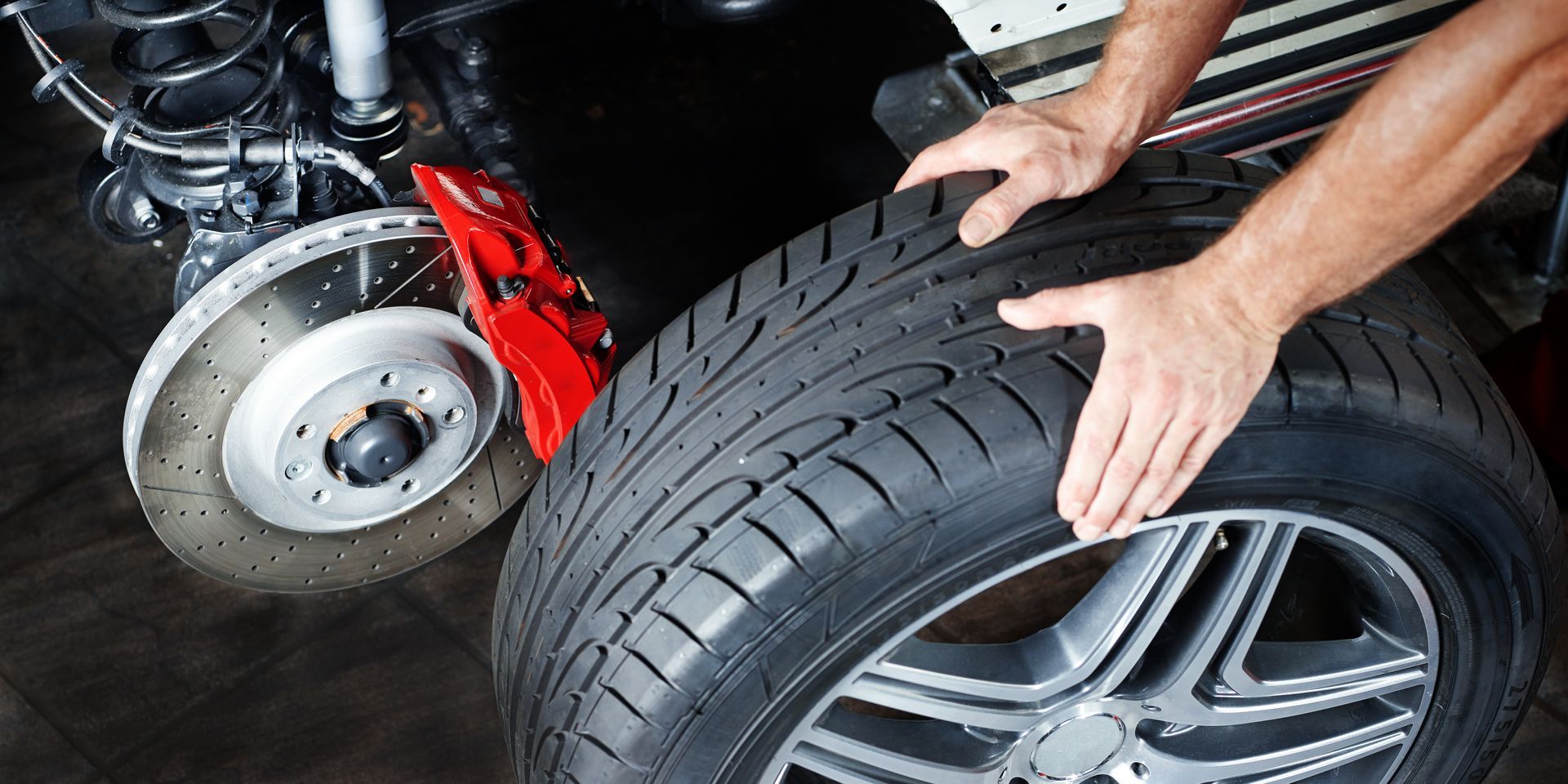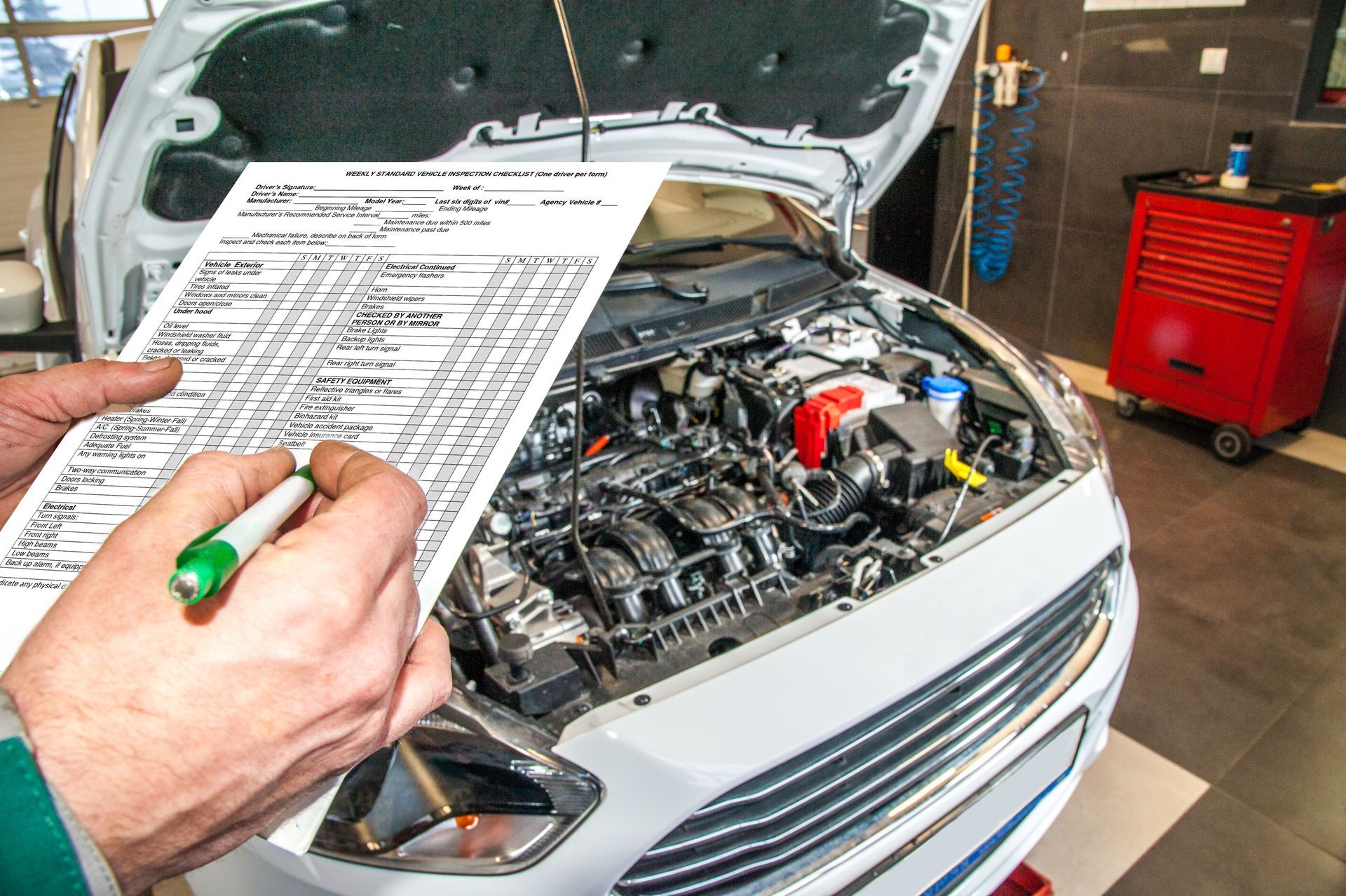A blown head gasket is one of the most serious problems your vehicle’s engine can face. This important seal sits between the cylinder head and engine block, keeping combustion gases in the cylinders and preventing coolant and oil from mixing. When it fails, it can cause a wide range of problems—from overheating to engine damage.
Drivers often ask the same question once they suspect or confirm a blown head gasket: Can I still drive my car? The short answer is that it’s risky and usually not a good idea. Let’s break down why.
What the Head Gasket Does
Your head gasket creates a tight seal between the top and bottom halves of your engine. It prevents three things from happening:
- Coolant leaking into the combustion chamber
- Oil and coolant mixing together
- Combustion gases escaping from the cylinders
This seal needs to withstand extreme pressure and high temperatures. When it fails—commonly called “blowing” the head gasket—it can no longer do its job. That’s when symptoms appear.
Signs You May Have a Blown Head Gasket
Knowing the symptoms can help you catch the problem early:
- Overheating: One of the most common signs. Combustion gases can enter the cooling system, creating air pockets that stop coolant from circulating properly.
- White smoke from the exhaust: This usually means coolant is leaking into the combustion chamber and burning along with the fuel.
- Milky oil: If coolant mixes with oil, the oil will look milky or frothy. This is often visible on the dipstick or oil cap.
- Loss of engine power: Compression leaks caused by a failed head gasket can make your engine run rough or lose performance.
If you notice one or more of these symptoms, it’s important to have your car checked immediately.
Why Driving with a Blown Head Gasket Is Risky
Driving with a blown head gasket can cause damage very quickly. Here’s why:
Overheating can warp the cylinder head. When your car overheats, the aluminum cylinder head can warp, exacerbating the problem and increasing repair costs.
- Coolant contamination reduces lubrication – Coolant mixing with oil weakens the oil’s ability to lubricate moving parts, leading to premature wear and potential bearing failure.
- Loss of compression – Reduced compression means poor performance and can cause additional stress on engine components.
- Damage spreads quickly – What might start as a small leak can turn into catastrophic engine failure within a short period of time.
Are There Any Circumstances Where You Can Drive
If you’re in an emergency—like needing to move the car off the road or get it a short distance to a repair shop—you may be able to drive a blown head gasket vehicle for a very limited time.
If you must do this:
- Keep the trip as short as possible.
- Watch your temperature gauge constantly.
- Carry extra coolant and top it off if safe to do so.
- Drive slowly to keep engine temperatures down.
But even then, there’s no guarantee the engine won’t suffer more damage. The safest choice is to have the car towed.
Temporary “Fixes” and Their Limitations
There are head gasket sealant products that claim to temporarily stop leaks. While some drivers have had short-term success with them, these products are not a permanent solution. They can sometimes buy you a little time, but they don’t restore the gasket’s full integrity.
In many cases, relying on a sealant instead of repairing the gasket can lead to a false sense of security. You might think the problem is solved, only for it to return, possibly worse than before.
The Cost of Waiting vs. Repairing Now
Delaying head gasket repair usually means paying more later. A minor failure that could have been fixed with a head gasket replacement can escalate into the need for a full engine rebuild or replacement if overheating or oil contamination damages internal parts.
Repair costs vary depending on your vehicle, but it’s nearly always cheaper to fix the problem early than to wait.
Preventing Head Gasket Failure in the First Place
While not all failures can be prevented, regular maintenance reduces the risk:
Keep your cooling system in top shape by flushing and replacing coolant at recommended intervals.
- Replace a failing thermostat promptly to avoid overheating.
- Monitor your temperature gauge regularly.
- Address any coolant leaks right away.
- Prevention is always less expensive than repair.
Professional Diagnosis Is Key
Many of the symptoms of a blown head gasket can also be caused by other issues. Our qualified technicians can perform tests such as a compression test, a leak-down test, or a chemical test for exhaust gases in the coolant to confirm the diagnosis before repairs begin.
Head Gasket Repair at Yes! Automotive in Texas
At Yes! Automotive, we’ve seen what happens when drivers try to push their luck with a blown head gasket. Our expert technicians can accurately diagnose the problem and perform quality repairs to get your vehicle back to full health.
If you suspect a blown head gasket, don’t risk further damage—call us today, or visit one of our four locations and let us help you protect your engine.
- Yes! Automotive - Porter, 24608 TX-494 Loop, Porter, TX
- Yes! Automotive - Highway 6, 5608 Highway 6 North, Houston, TX
- Yes! Automotive - Spring, 3443 Farm to Market 2920, Spring, TX
- Yes! Automotive – Pinehurst, 31426 Texas 249, Pinehurst, TX










